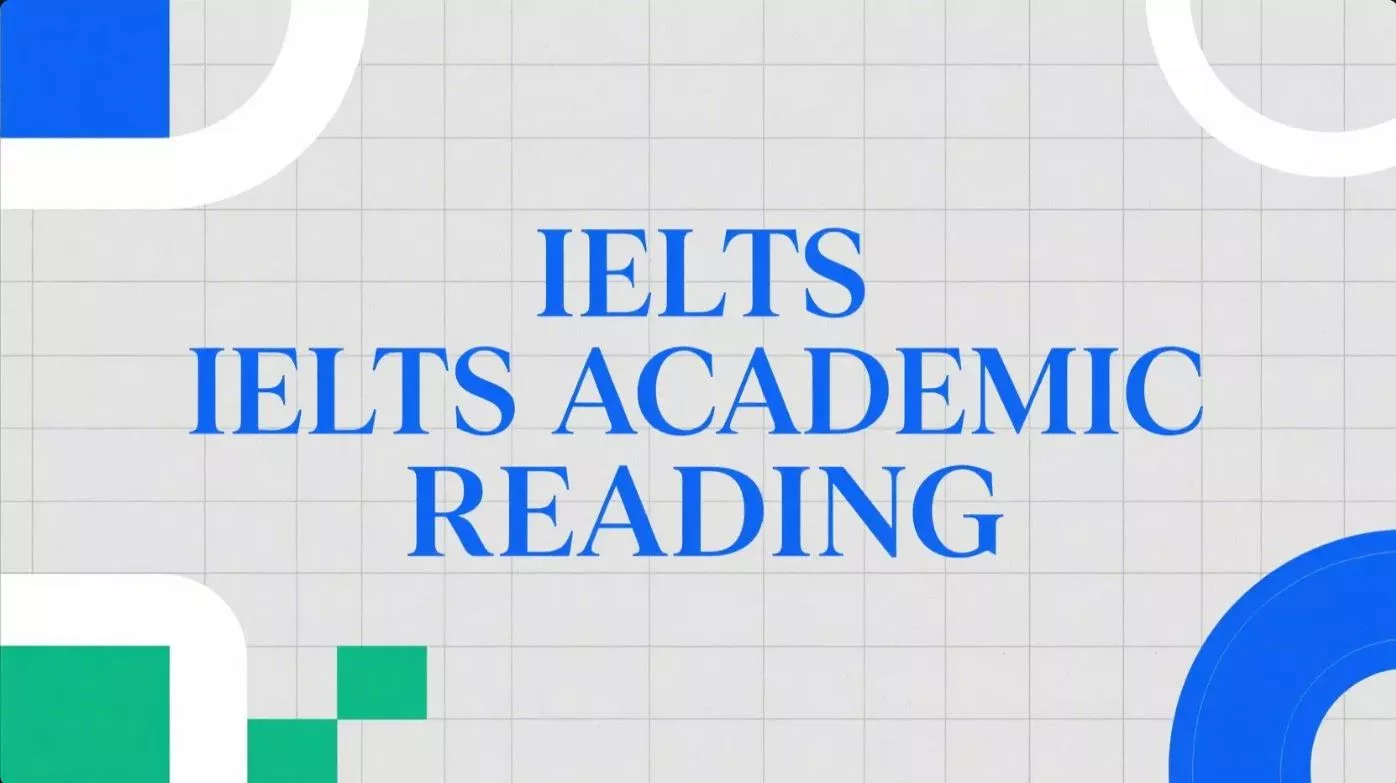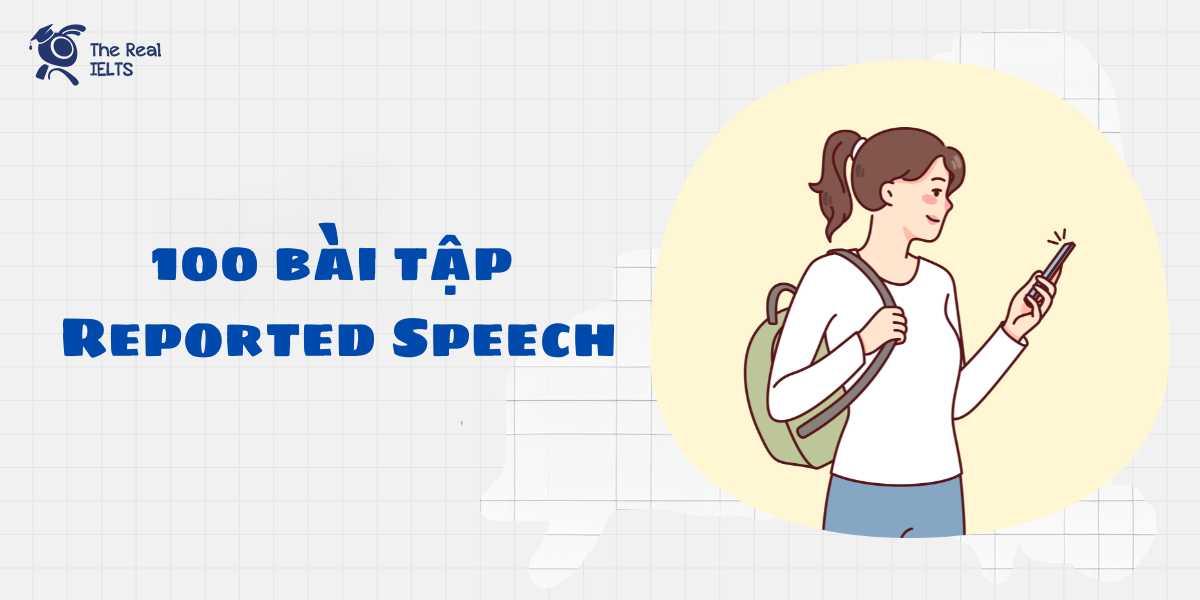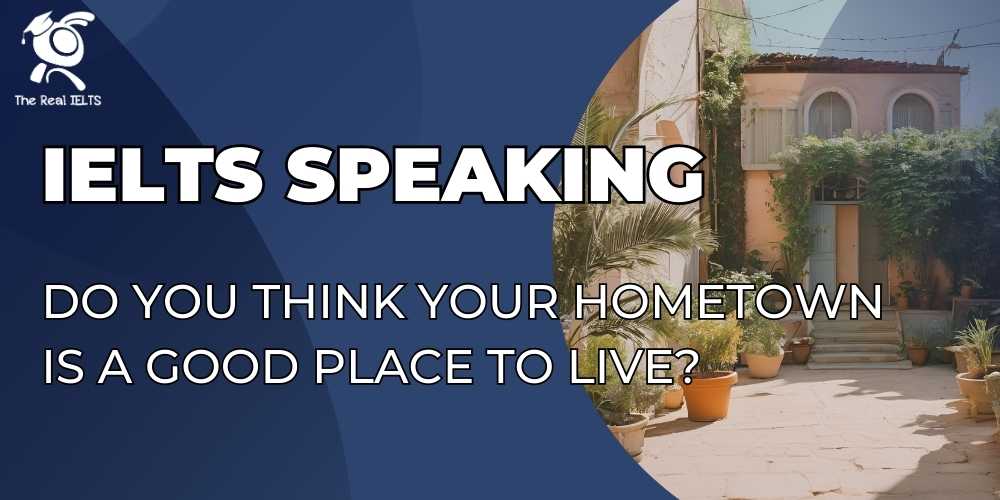IELTS Reading 30: The impact of stress on health là chủ đề thuộc chuỗi bài luyện tập 11 dạng bài IELTS Reading và các bài tập luyện tập.
Học lại bài cũ: IELTS Reading 29: Vaccination and epidemic prevention.
IELTS Reading: The impact of stress on health
Distance education and online learning have grown tremendously in recent years, offering flexible and accessible learning opportunities to students around the world. These modes of education have significantly reshaped the traditional education system, particularly with advancements in technology and increased internet availability.
The Evolution of Distance Learning
The concept of distance education is not new. It dates back to the 19th century, when correspondence courses allowed students to study independently and submit their assignments by mail. This form of education was particularly popular in rural areas and for those who could not attend traditional schools due to various constraints, such as work or family commitments.
The rise of the internet in the late 20th century revolutionized distance learning. Online platforms allowed students to access educational content in real time and participate in interactive learning activities. With the emergence of massive open online courses (MOOCs), distance learning became more widespread and accessible to a global audience. Online learning platforms such as Coursera, edX, and Khan Academy have made it possible for millions of students to take courses from prestigious universities for free or at a low cost.
Benefits of Online Learning
One of the key benefits of online learning is its flexibility. Students can access lectures and materials at any time, allowing them to study at their own pace. This is particularly advantageous for those who have full-time jobs, family responsibilities, or live in different time zones. Additionally, distance education allows learners to choose from a wide range of courses and programs that may not be available locally.
Another advantage of online learning is cost efficiency. Traditional education often requires high tuition fees, travel expenses, and accommodation costs. In contrast, many online programs offer free or lower-cost options, reducing the financial burden on students. Furthermore, online education allows students to save time by eliminating the need to commute to physical classrooms.
Challenges and Criticisms
Despite its advantages, online learning faces several challenges. One of the main concerns is the lack of face-to-face interaction. Many students and educators believe that traditional classroom settings provide valuable social engagement, peer collaboration, and direct feedback, which are difficult to replicate in an online environment.
Moreover, distance education requires a high level of self-discipline and motivation. Without the structure of regular class attendance and in-person interaction, some students may struggle to stay on track. The dropout rate for online courses is generally higher than that of traditional education, often due to a lack of motivation or time management skills.
Additionally, access to technology and the internet can be a barrier for some students. In many developing countries or rural areas, reliable internet access is still a challenge, making it difficult for learners to take full advantage of online education.
The Future of Distance Education
Looking ahead, the future of distance education appears promising. Advances in technology, such as artificial intelligence (AI), virtual reality (VR), and augmented reality (AR), are expected to further enhance the online learning experience. AI-powered tools can provide personalized learning pathways, adapting to each student’s progress and learning style, while VR and AR can create immersive and interactive learning environments that simulate real-world experiences.
Moreover, the COVID-19 pandemic has accelerated the adoption of online education worldwide. As schools and universities were forced to close, many institutions quickly transitioned to online platforms, highlighting the importance of digital education in the modern world. While in-person learning remains essential in many contexts, the pandemic has demonstrated that distance education can serve as a viable alternative in times of crisis.
In conclusion, distance education and online learning have transformed the way people access and engage with education. While challenges remain, the benefits of flexibility, accessibility, and cost-effectiveness make it an attractive option for millions of learners globally. As technology continues to evolve, so too will the potential for online learning to provide high-quality education to diverse populations.
Question
1. Multiple Choice (Chọn đáp án đúng)
Câu hỏi 1: What is one of the primary benefits of online learning mentioned in the passage? A. It eliminates the need for textbooks
B. It allows students to study at their own pace
C. It offers guaranteed job placement
D. It requires fewer assignments than traditional education
Câu hỏi 2: Which platform is NOT mentioned as providing online courses?
A. Coursera
B. edX
C. Khan Academy
D. Udemy
2. True/False/Not Given (Đúng/Sai/Không có thông tin)
Câu hỏi 3: Distance education first became popular in the 21st century.
Câu hỏi 4: Online learning generally has a lower dropout rate compared to traditional education.
Câu hỏi 5: Artificial Intelligence (AI) is expected to improve online learning experiences in the future.
3. Yes/No/Not Given (Có/Không/Không có thông tin)
Câu hỏi 6: The passage suggests that traditional classroom settings are no longer important.
Câu hỏi 7: The use of virtual reality (VR) in online learning can create immersive educational experiences.
Câu hỏi 8: Online learning has made education cheaper for all students worldwide.
4. Matching Information (Ghép thông tin)
Câu hỏi 9: Match each fact with the paragraph it is mentioned in. (A, B, C, or D)
- ____ The origin of distance learning through correspondence courses.
- ____ The impact of the COVID-19 pandemic on online education.
- ____ The role of technology like AI and VR in the future of distance learning.
5. Matching Headings (Ghép tiêu đề)
Câu hỏi 10: Match the following headings to the paragraphs (A, B, C, D):
i. The history and early forms of distance learning
ii. The future of distance education
iii. Benefits of online learning
iv. The challenges of online education
6. Matching Sentence Endings (Ghép kết thúc câu)
Câu hỏi 11: Complete the sentences by matching the beginnings with the appropriate endings.
- Online learning allows students to…
a) …access top university courses at no cost.
b) …submit assignments via mail.
c) …receive instant job placements.
d) …travel frequently to attend lectures. - The COVID-19 pandemic has led to…
a) …the complete closure of traditional universities.
b) …the widespread adoption of online education.
c) …the removal of all physical classrooms.
d) …the discontinuation of online platforms.
7. Sentence Completion (Hoàn thành câu)
Câu hỏi 12: Complete the sentences with NO MORE THAN TWO WORDS from the passage.
- Distance education was initially popular in __________ areas.
- Online learning platforms like Coursera and edX offer courses from __________ universities.
8. Summary Completion (Hoàn thành bản tóm tắt)
Câu hỏi 13: Complete the summary below using words from the passage.
Distance education began in the 19th century with __________ courses. With the growth of the internet, online education platforms such as __________ and edX have made it possible for students to access __________ courses from prestigious universities at a lower cost. However, online learning requires students to have strong __________ and motivation.
9. Diagram Label Completion (Hoàn thành nhãn sơ đồ)
Câu hỏi 14: Label the diagram below based on information from the passage (Diagram of traditional education vs. online learning). Fill in the blanks.
- Traditional Education: __________, __________, __________.
- Online Learning: __________, __________, __________.
10. Short Answer Questions (Câu hỏi trả lời ngắn)
Câu hỏi 15: Answer the following questions using NO MORE THAN THREE WORDS from the passage.
- What is one of the platforms mentioned that offers online courses for free?
- What major event accelerated the shift to online learning?
- What technology is expected to create immersive learning environments?
11. Table/Flowchart/Note Completion (Hoàn thành bảng/sơ đồ dòng/chú thích)
Câu hỏi 16: Complete the table below using NO MORE THAN TWO WORDS from the passage.
| Period | Form of Education | Key Features |
|---|---|---|
| 19th century | __________ courses | Study independently via mail |
| Late 20th century | __________ platforms | Access to real-time content online |
| Future | Online learning using __________ | Personalized and immersive learning |
Answers
1. Multiple Choice (Chọn đáp án đúng)
Câu hỏi 1: B. It allows students to study at their own pace
Câu hỏi 2: D. Udemy
2. True/False/Not Given (Đúng/Sai/Không có thông tin)
Câu hỏi 3: False (Distance education dates back to the 19th century, not the 21st century)
Câu hỏi 4: False (The passage states that the dropout rate for online courses is generally higher than for traditional education)
Câu hỏi 5: True (The passage mentions that AI is expected to enhance the online learning experience in the future)
3. Yes/No/Not Given (Có/Không/Không có thông tin)
Câu hỏi 6: No (The passage does not suggest that traditional classrooms are no longer important)
Câu hỏi 7: Yes (The passage states that VR can create immersive and interactive learning environments)
Câu hỏi 8: Not Given (There is no specific mention that online learning has made education cheaper for all students globally)
4. Matching Information (Ghép thông tin)
Câu hỏi 9:
- The origin of distance learning through correspondence courses: A
- The impact of the COVID-19 pandemic on online education: D
- The role of technology like AI and VR in the future of distance learning: D
5. Matching Headings (Ghép tiêu đề)
Câu hỏi 10:
- i. The history and early forms of distance learning: A
- ii. The future of distance education: D
- iii. Benefits of online learning: B
- iv. The challenges of online education: C
6. Matching Sentence Endings (Ghép kết thúc câu)
Câu hỏi 11:
- Online learning allows students to…
a) …access top university courses at no cost. - The COVID-19 pandemic has led to…
b) …the widespread adoption of online education.
7. Sentence Completion (Hoàn thành câu)
Câu hỏi 12:
- Distance education was initially popular in rural areas.
- Online learning platforms like Coursera and edX offer courses from prestigious universities.
8. Summary Completion (Hoàn thành bản tóm tắt)
Câu hỏi 13:
Distance education began in the 19th century with correspondence courses. With the growth of the internet, online education platforms such as Coursera and edX have made it possible for students to access free courses from prestigious universities at a lower cost. However, online learning requires students to have strong self-discipline and motivation.
9. Diagram Label Completion (Hoàn thành nhãn sơ đồ)
Câu hỏi 14:
- Traditional Education: Face-to-face interaction, Classroom attendance, Direct feedback
- Online Learning: Flexible schedule, Lower cost, Independent study
10. Short Answer Questions (Câu hỏi trả lời ngắn)
Câu hỏi 15:
- What is one of the platforms mentioned that offers online courses for free? Coursera
- What major event accelerated the shift to online learning? COVID-19 pandemic
- What technology is expected to create immersive learning environments? Virtual reality (VR)
11. Table/Flowchart/Note Completion (Hoàn thành bảng/sơ đồ dòng/chú thích)
Câu hỏi 16:
| Period | Form of Education | Key Features |
|---|---|---|
| 19th century | Correspondence courses | Study independently via mail |
| Late 20th century | Online platforms | Access to real-time content online |
| Future | Online learning using AI/VR | Personalized and immersive learning |















